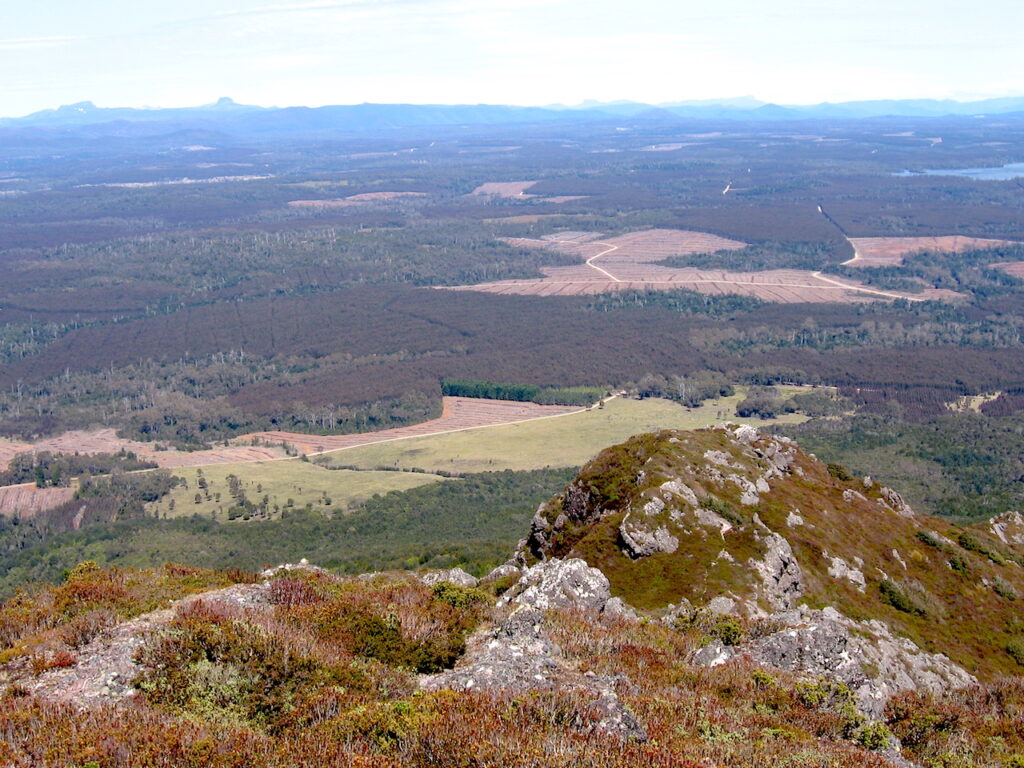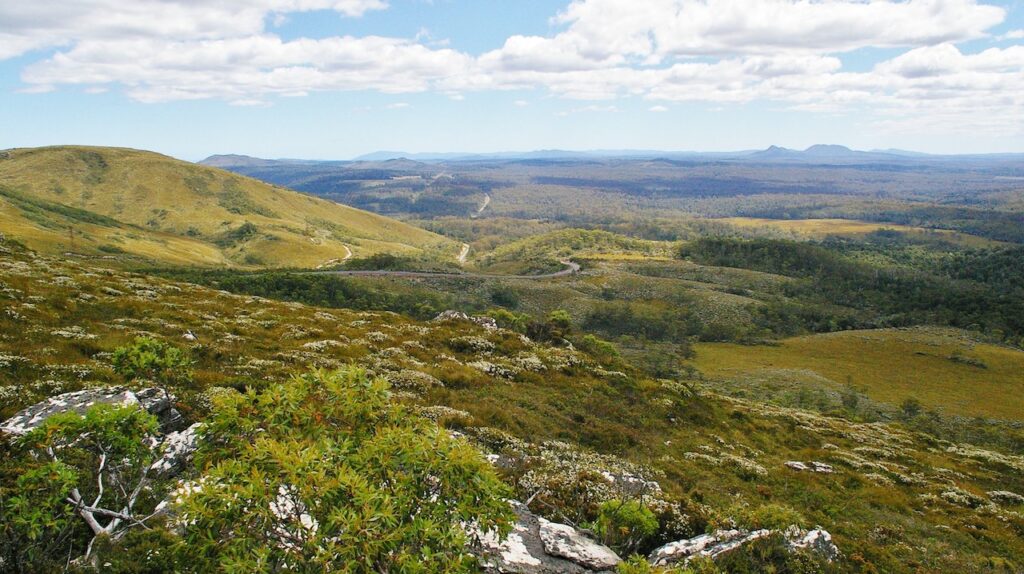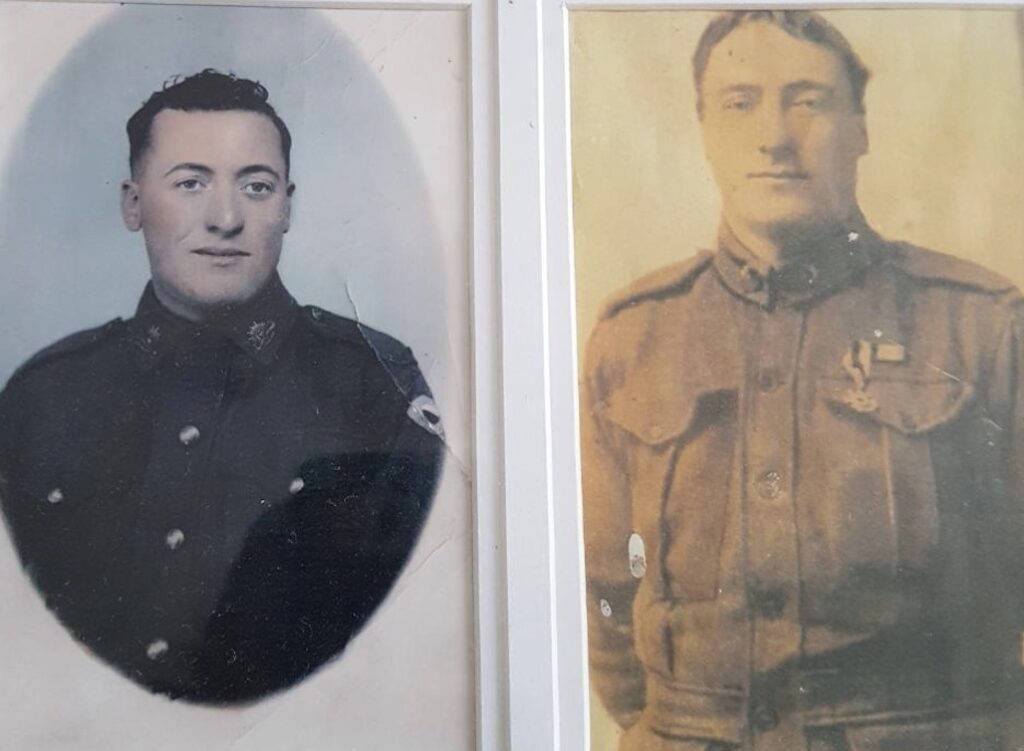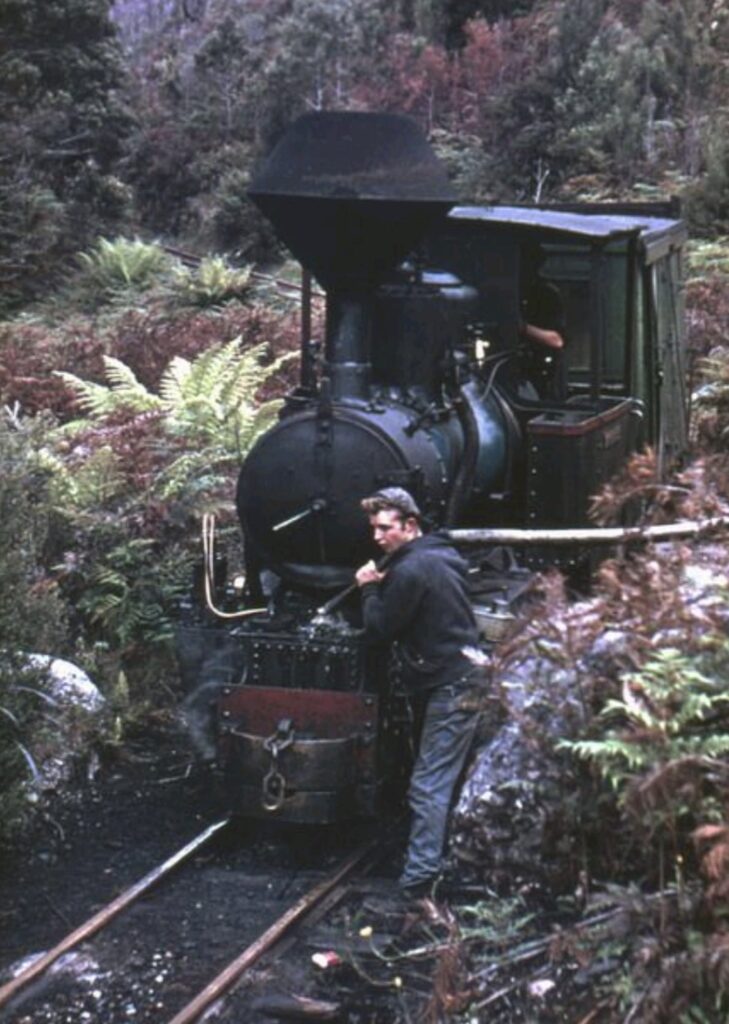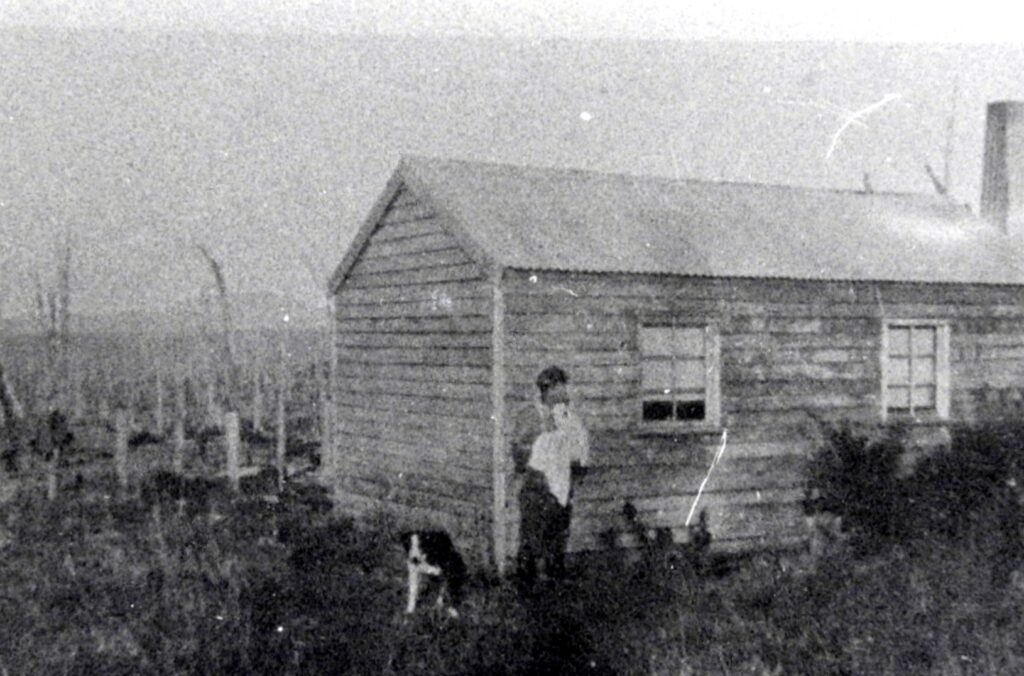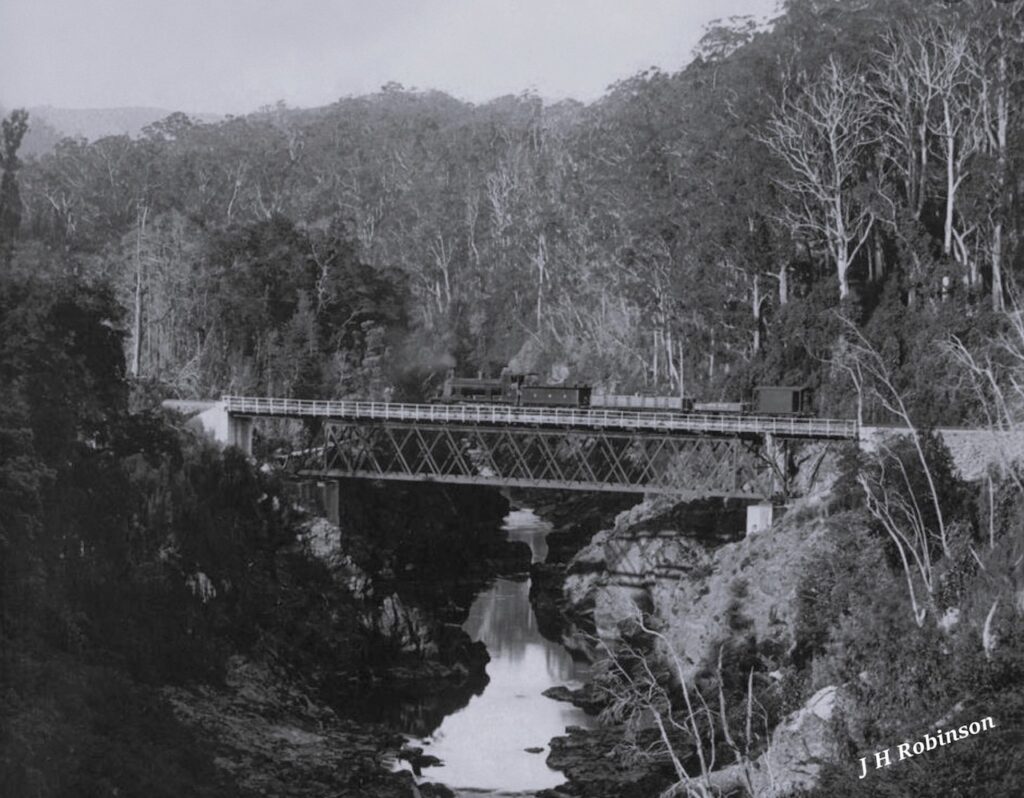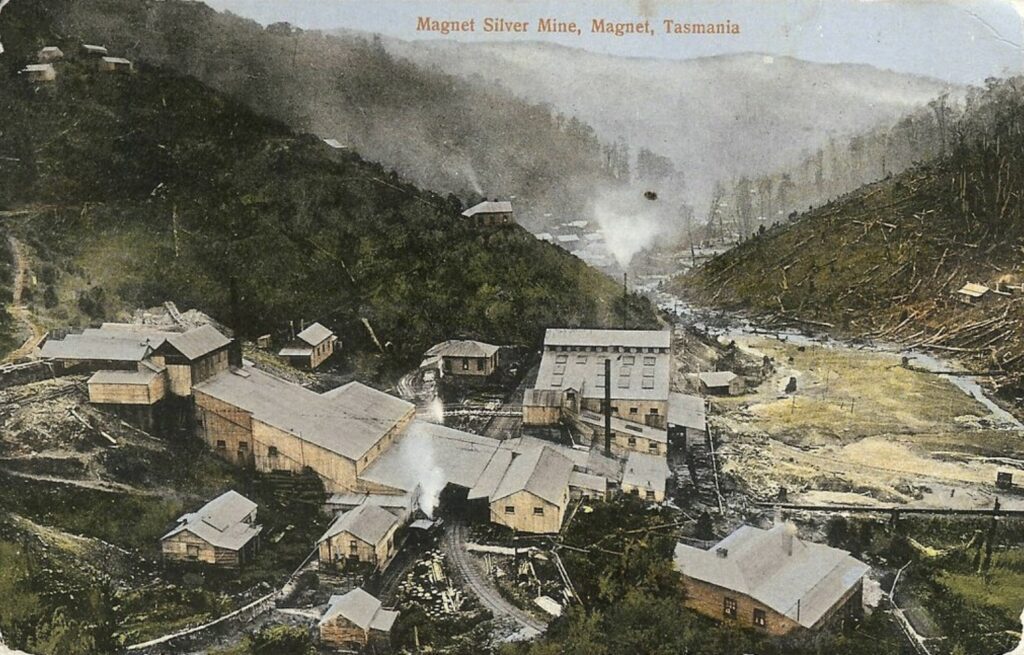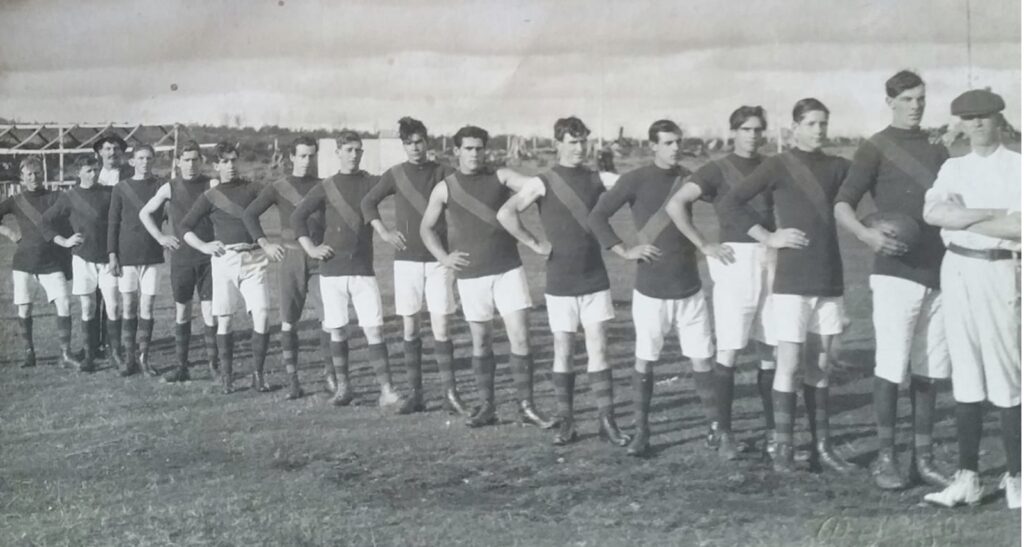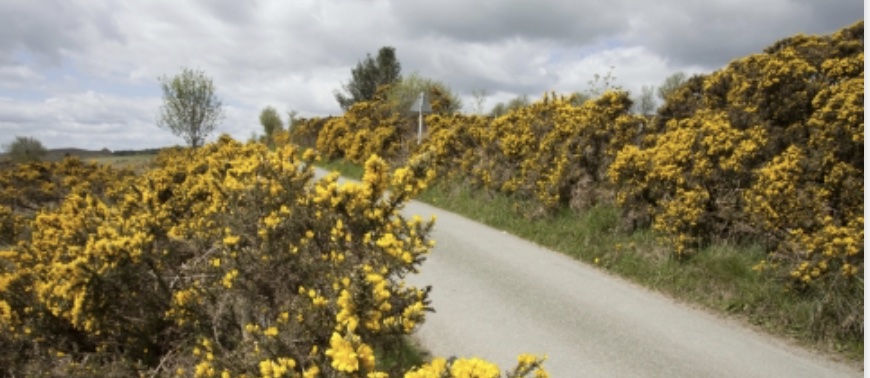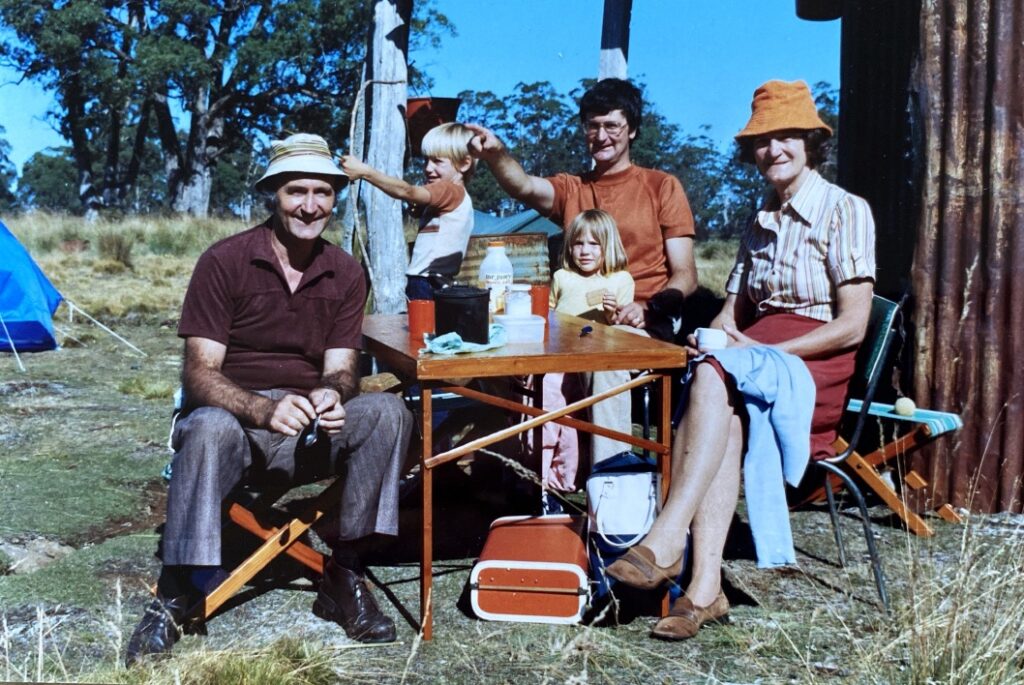Surrey Hills
How the Hampshire Hills became a sea of yellow
Gorse was brought to Tasmania in the early 1800s. Its principal use was as an ornamental hedge by settlers hoping to replicate the paddocks of England. The Reverend Knopwood purchased some English gorse at New Town, near Hobart in 1815. Writer, Louisa Anne Meredith, noted the widespread use of gorse for hedges on the east coast by 1841.… Read more
The Hills of Surrey Hills
When writing the book on the history of Surrey Hills, many people worked at AFH who were not mentioned but deserved praise for their contributions.
One of those was Ross Hills, a Burnie local who rose to a senior position in AFH. As a manager at Burnie during the 1980s, Ross was part of expanding the eucalypt plantation program.… Read more
